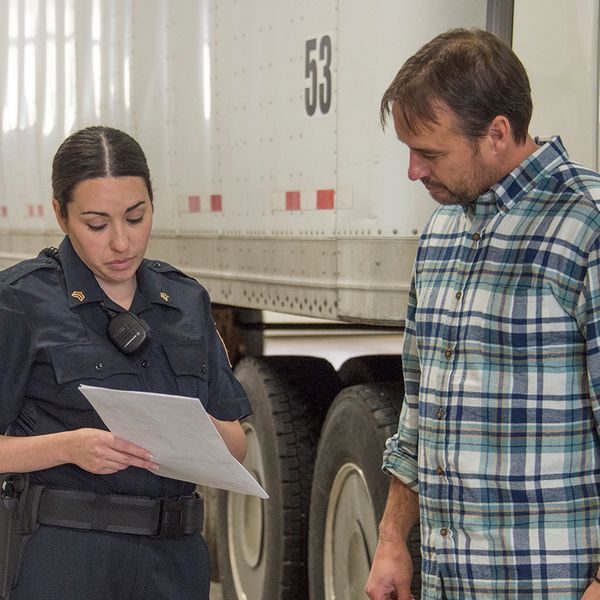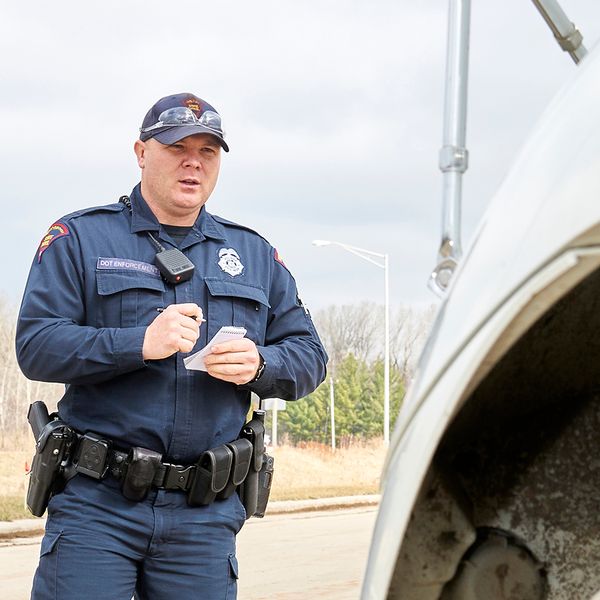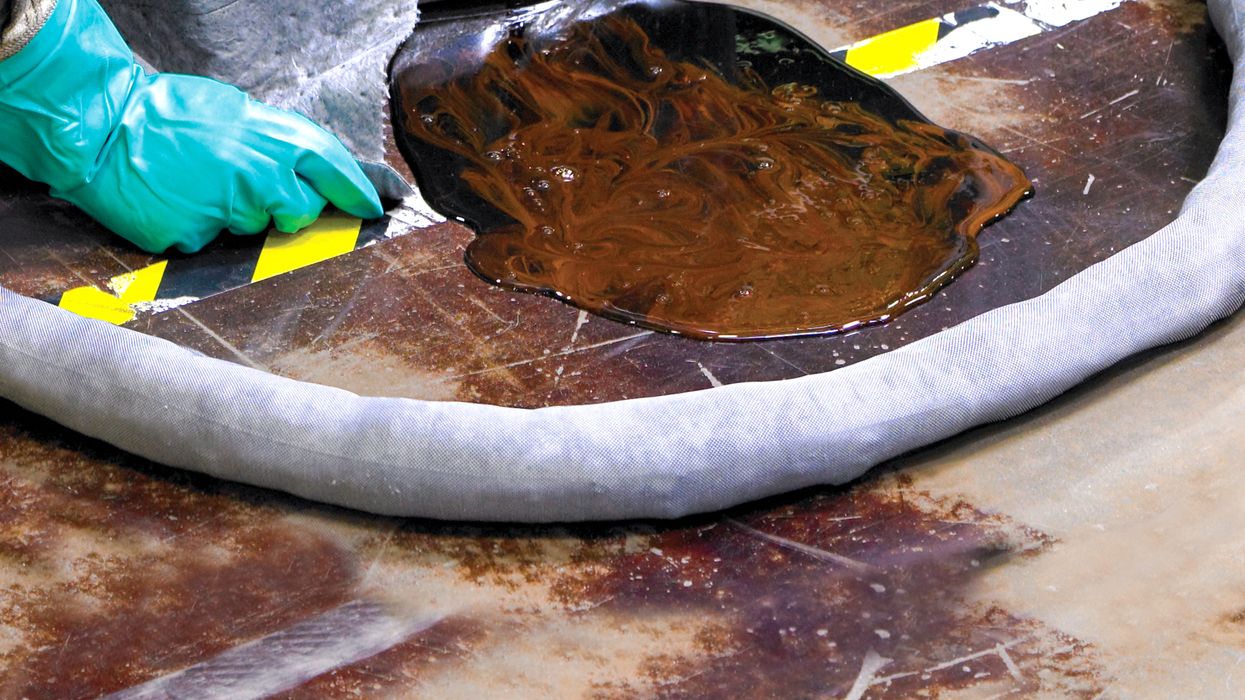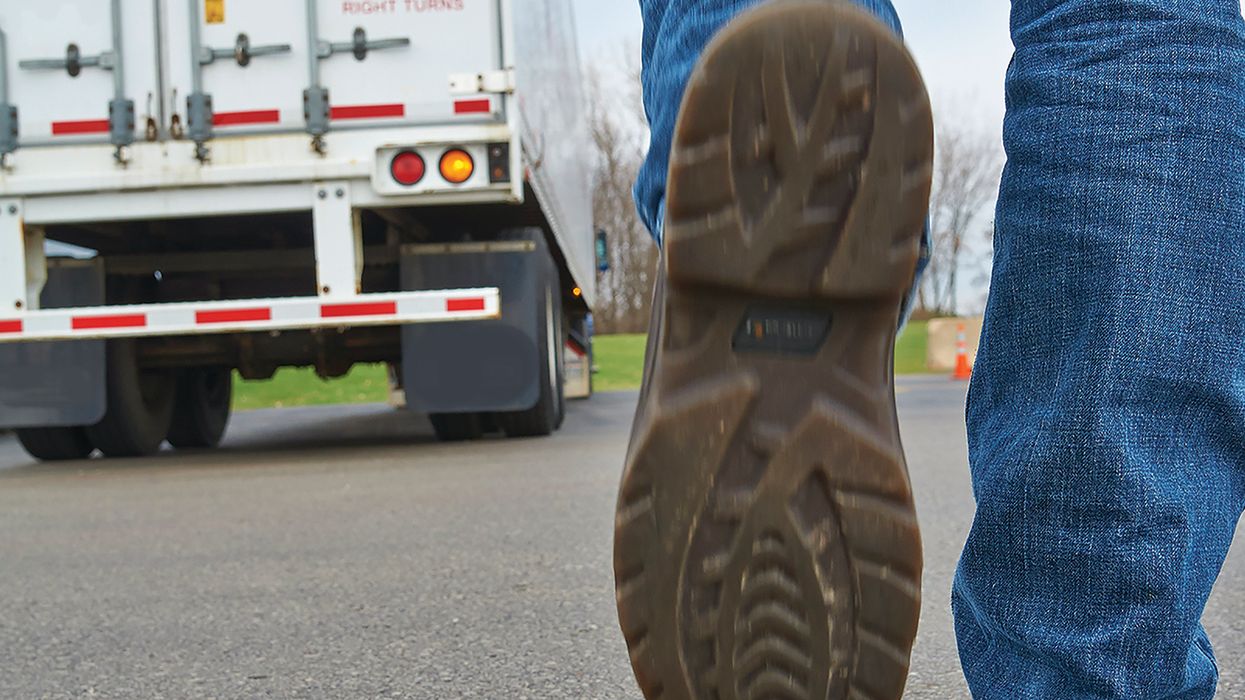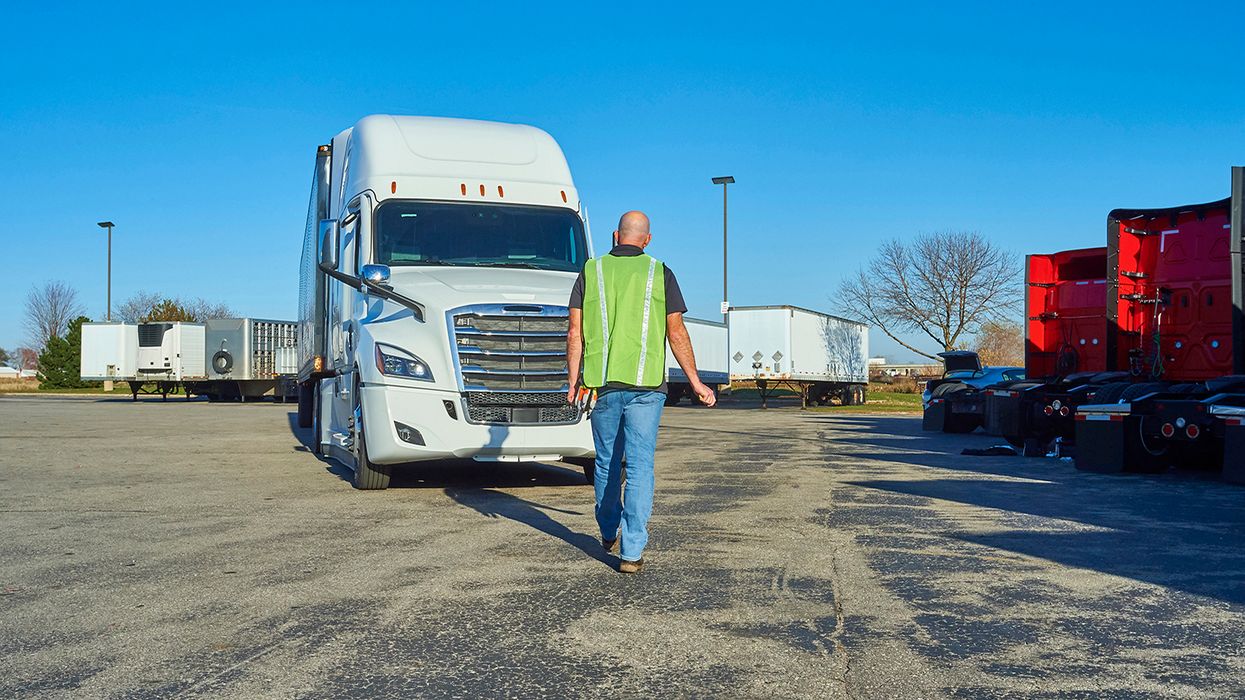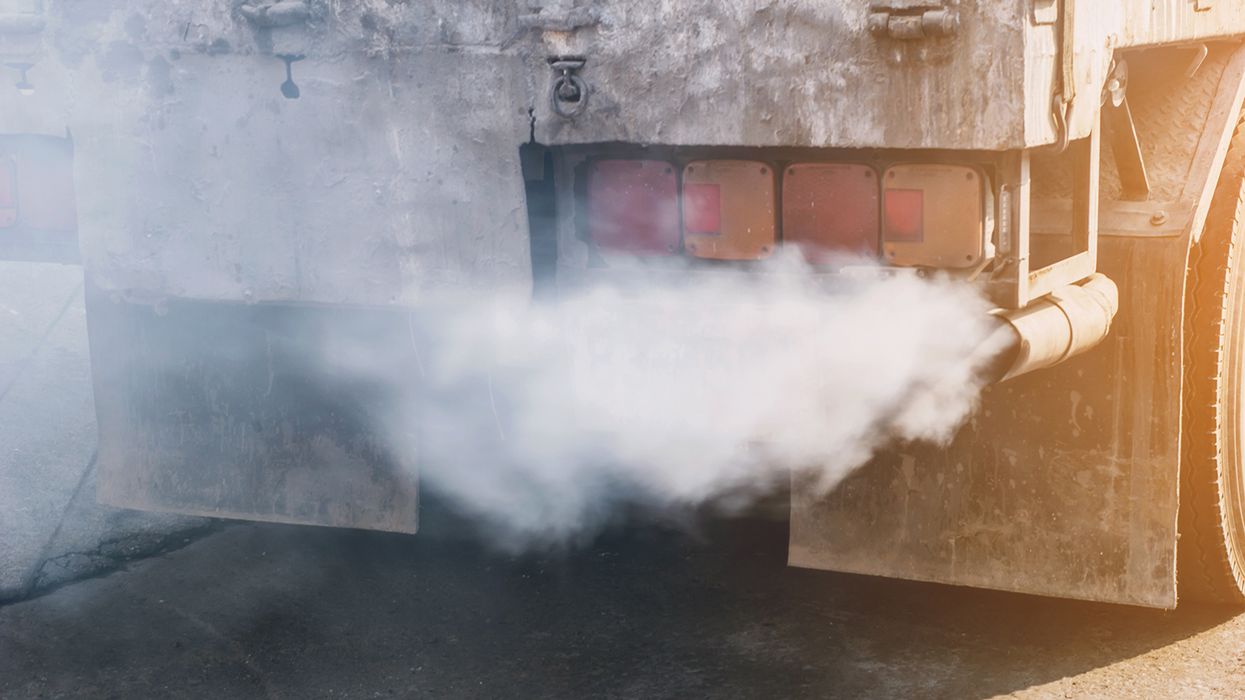CVSA's 2021 Out-of-Service Criteria now in use
The 2021 North American Standard Out-of-Service Criteria (OOSC) was published by the Commercial Vehicle Safety Alliance (CVSA) and went into effect on April 1.
The OOSC is the decision-making guide officers use to determine whether a driver or vehicle with a violation will be allowed to leave the inspection site. If the violation is covered by the OOSC, the officer will require the violation to be corrected before the driver or vehicle will be allowed to continue.
This year’s OOSC includes several changes to both the driver and vehicle sections, as outlined below.
The inspection bulletins referenced in this article are guidance documents provided to the officers that do roadside inspections. Currently, CVSA has 37 active inspection bulletins and several Operational Policies that provide guidance to officers. By becoming a member of CVSA, you can have access to all this information, as well as the same training officers undergo. This includes training on the new OOSC when it comes out each year.
Driver criteria
- 3(a)(2) Driver licensing: A reference to the inspection bulletin on running MVRs through CDLIS (a specific MVR system available to officers) was added.
- 7(c) Drugs and other substances: A reference to the CDLIS and clearinghouse status inspection bulletins was added.
- HOS footnotes for the U.S.: Several footnotes that reflected only the regulations were removed (Footnotes 5 to 8) and Footnote 10 was amended to indicate that drivers may use an AOBRD if not required to have an ELD.
- 10(h), 10(i), and Footnotes for Canadian HOS: These sections were updated to match the new hours-of-service regulatory language due to changes in the Canadian regulations and the addition of the ELD requirement.
- Canadian HOS Footnote 6: Added to state that not having an ELD is not an OOS violation if the driver has another type of log.
Vehicle criteria
- 2(p) Cargo securement: A reference was added to the new roll on, roll off (RO/RO) and lugger box inspection bulletin.
- 9(b) Lights: This update clarifies that high-mount brake lights cannot take the place of the required lower brake lamps. If all the lower required brake lamps do not work, it is an OOS violation even if the high-mounted center brake light works.
The Canadian Driver License Reference Guide was updated as well. This guide provides information on the license types issued by the provinces in Canada.
The new OOSC handbook is available through J. J. Keller & Associates and CVSA.
How NOT to use the OOSC
Keep in mind that the OOSC is not a driver qualification or maintenance decision-making guide for industry. Drivers must be fully qualified under Parts 383 and 391, and defects that qualify as a violation under Part 393 or Appendix G must be repaired immediately. Putting off a driver qualification activity or repair because the violation is not discussed in the OOSC is not an option.
Key to remember: The latest OOSC is now in effect, with several changes for 2021.




